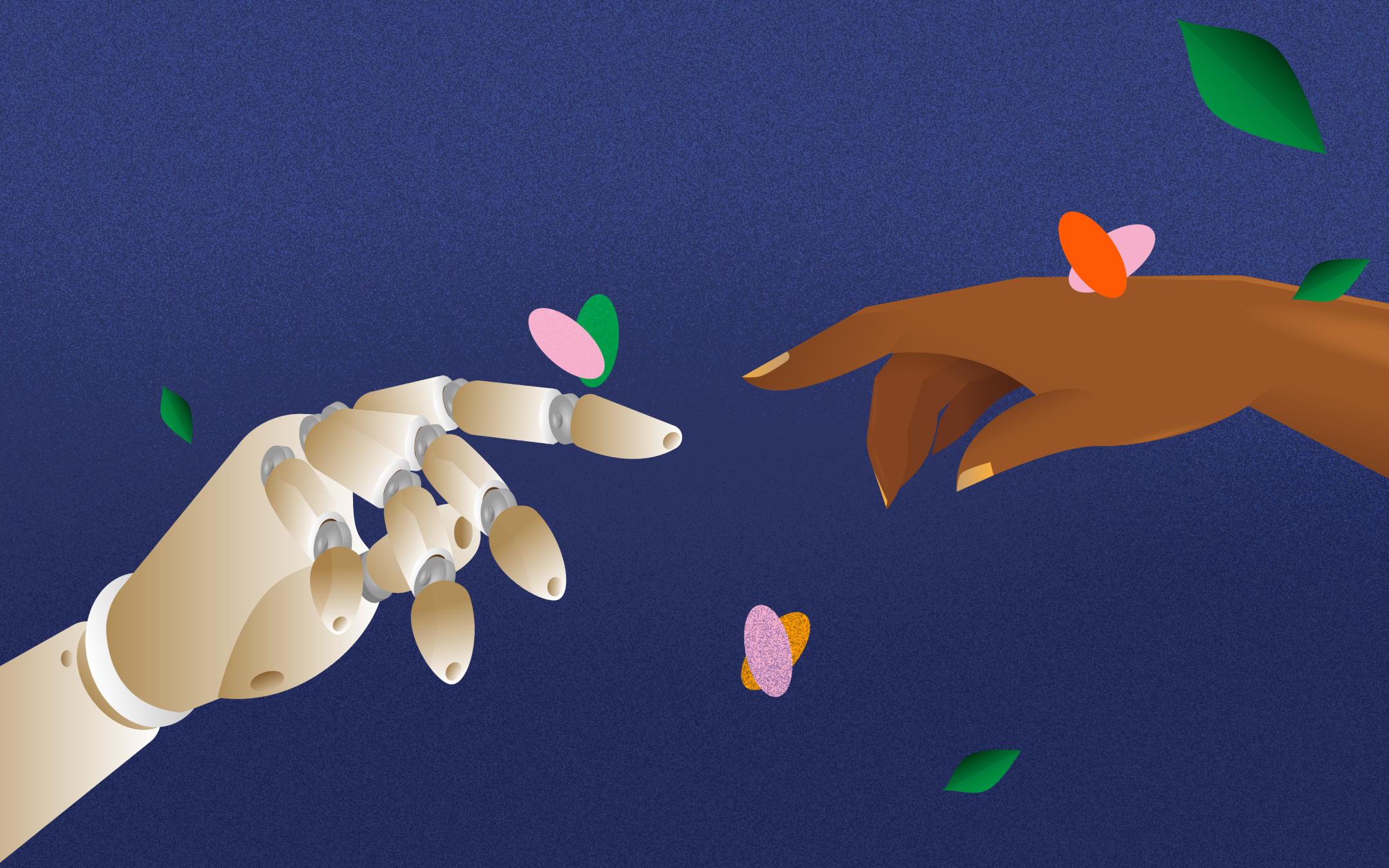When creating a digital experience, whether a mobile app, website, or digital product, understanding human behavior is essential for mastering the target audience's mind. The misconception that user-centered designers solely focus on the design facet of their roles eliminates one of the most critical aspects of the job, the users.
User-centered design is an act of communication that calls for a thorough understanding of who the design is created for. Every user is different, and as a designer, it is essential to consider the psychological principles of human behavior to better understand users' motivations and how they are naturally inclined to navigate websites.
Human behavior and psychology can assist designers down to how users naturally assimilate information, how they browse through websites, what consciously and unconsciously catches their attention, and how different colors evoke different reactions and feelings amongst users.
Understanding the basics can allow designers to create conducive experiences and users to perform expected actions like purchasing or creating an account. User-centered design is a discipline that involves placing the user at the forefront of the design process to continually prioritize their needs and wants for the end goal of the design.
Psychology studies the human mind, primarily those relating to human behavior and how it affects people in a given context. When designing products, implementing psychological theories allows designers to empathize with users and create designs that improve the users' experience.
Understanding psychology and human behavior allow designers to strategically make decisions that will lead to the desired outcome for the end product. For example, visual elements and how items are positioned can evoke certain feelings in users and cause them to unconsciously associate sections of the website. A website or mobile app's layout can also influence how users receive information.
The overall benefit of applying psychological principles to design principles is to help guide every decision and provide seamless experiences for the user on the other end.
You only get one chance to make a first impression
First impressions play a critical role and can make a difference when keeping the user engaged on a website. Users tend to assess websites using what is known as the attractiveness bias theory, which means most users typically prefer a website that is simple and attractive. This will increase the likelihood of them visiting and performing the desired outcome the next time they engage with the website.
Simply put, this theory uses the idea of human attraction - the person that may be most attractive to us will draw our attention and encourage us to connect with that person, but this does not necessarily mean the attractiveness would make us stay if the person does not possess any other attributes that align with our own.
Similarly, for websites, a good design can cause users to return to the website but does not necessarily guarantee the user will continue utilizing the website. Therefore, the attractiveness bias theory, also known as the cognitive bias theory, states that an attractive, well-designed digital product will draw users in but may not make them stay.
Unifying, grouping & positioning
Recognizing how users can group similar elements, patterns and objects are one of the laws of human perception that designers use to organize content in ways that make it easier to navigate their web designs. This is called Gestalts principle and describes users' visual perception and how users are likely to unify visual elements into groups on websites. Some of the more widely used principles are:
Closure principle - an incomplete object is perceived as complete due to the person's mind filling in the missing parts.
Proximity principle - where items are placed close to one another, the user perceives them as a group rather than as individual items.
Similarity principle - When elements are similar, people tend to perceive them as a unified group. Similarities can fall under any characteristic such as color, size, orientation, or motion.
The continuation principle - which accounts for how the human eye naturally moves from one object to another, is often dictated by curved lines, which allow the eye to flow with the line.
Less is more
The purpose of Hicks Law within the design is to emphasize the need for fewer choices to keep users more engaged. Hicks law states that the more options we are presented with, the more time it takes for us to reach a decision. This law applies to elements such as action buttons and navigation menus because an overload of information can increase the bounce rate (i.e., the time it takes for a user to abandon the user experience). For this reason, designers are encouraged to keep options to a minimum and remove inessential choices.
Color directly affects people's emotions
Colors have a tremendous impact on how users perceive and internalize certain information. This is known as the psychology of colors, affecting how colors influence a user's feelings, choices, and actions. Knowing this, designers can adjust and cater to their design decisions to evoke an outcome strategically.
The following shows some colors and what they usually are associated with:
Green - Typically associated with the feeling of serenity.
Red - Associated with good and bad emotions, including love, confidence, aggression, and passion.
Yellow - Symbolizes joy and warmth; its also typically seen as the clour of happiness.
Orange - Associated with feelings of excitement and energy.
Blue - A corporate color and can also be associated with sadness.
Purple - Associated with royalty and mystery.
Black - Can be associated with traditionality, modernism, and death.
White - Purity and clarity.
Although several other theories can assist designers in the creative process, the overall aim is to understand that designing incorporates different aspects of human behavior to boost the effectiveness and tailor the outcome of the design. Overall, the role of designers isn't limited to how the design looks but is more about understanding and leveraging human behavior and psychology to your advantage.

